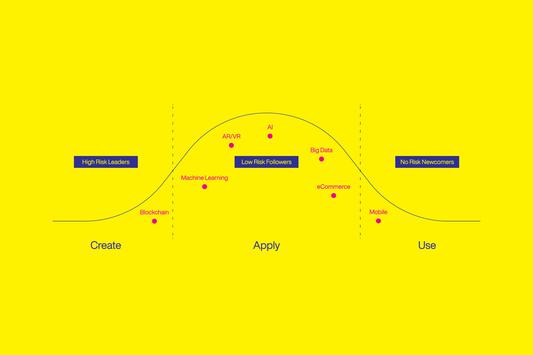
Peopledesign
The Built Environment
Furniture
Lighting
Textiles/Upholstery
Flooring/Carpet
Building Materials
AE Firms
Digital Ergonomics
Digital Ergonomics
How might the contract furniture industry evolve when work isn't bound to the office?
The contract furniture industry offers common narratives: productivity and performance, sustainability, health, and work-life balance. We talk about open and closed-office design to help achieve these goals. These ever-present challenges are helpful input for developing products for built environments. So much effort goes into making these products more ergonomic, aesthetically pleasing, and sustainable one could argue that the furniture industry is a leader in these categories. How and to what extent industry competitors will build on these themes to pivot toward digital products is an open question.
This industry was born in a world where work happened in physical spaces with physical tools—the office, paper, typewriters, etc. For a long time, companies have focused on manufacturing solutions to match—desks, storage, keyboard trays, etc. All of these items are still needed, but the vast majority of work today does not happen in physical environments but in digital environments through email, messaging, cloud-based storage, and myriad SaaS tools. Historical expertise in manufacturing makes it easy to ignore – or be blind to –digital solutions. However, new doors may open if we consider industry thought leadership in productivity, performance, ergonomics, sustainability, workflows, and aesthetics.
Digital Ergonomics is not really a term (yet!), but we’ll use it here to describe the relationship between physical and digital experiences for better work performance and personal health. These are two conversations that have been happening for a long time in different worlds. For contract furniture, ergonomics is nothing new. Mounds of research have been done to determine the proper distance and angle between one’s eyes and their monitor or the best posture for sitting and typing.
In the technology world, the conversation is increasingly focused on “digital well-being,” the idea that when interacting with technology, users' mental and/or physical health should be supported in a measurable way. This concept manifests in features like screens changing color at night to support circadian rhythms and setting time limits for mobile phone use to encourage healthy behavior.
Digital Ergonomics starts to blend these two conversations. The rise of digital productivity tools like live documents, to-do managers, calendar apps, brainstorming apps, note management, resourcing, time tracking, order management, customer management, etc., is not slowing down. However, these tools struggle to accommodate the nuances of how work happens today. Often created by engineers and businesspeople, technology teams often lack the bodies of research on workflows that the contract furniture industry has been gathering for decades. Digital tools often don’t account for the user’s physical environment. Of course, the contract furniture industry has a considerable amount of research into work, ergonomics, and physical spaces.
We may see early indicators in the auto industry. Car manufacturers have played around with their own OS but haven’t been able to keep up with players like Android and Apple. Software giants have dominated the space of defining and supporting user behaviors and habits. With the exception of Tesla, most automotive competitors have focused on hardware-software integration and partnerships. Many top competitors, including Steelcase’s Microsoft partnership, Herman Miller’s Live OS, and Haworth’s Bluescape, are all seeking to define this emerging space. The question for them will be if their ability to see beyond their organizational momentum in physical products— not just putting different-sized screens in rooms but developing full experiences that help people realize their mobile, digitally-enabled work lives. When work is not bound to the office and needs to support what Google calls “micro-moments,” how might the furniture industry evolve?
Inevitably, leaders from the physical or digital domain will begin tackling these thorny issues. As technology advances, our understanding of the physical-digital connection will improve. New, winning solutions will emerge to support people and work as they jump from space to space, device to device, home to office, and on planes, trains, and automobiles.
This is one viable path for contract furniture – a robust but stagnant industry –to grow. As the line between physical and digital products blurs and so much work enters the digital world, it is a space to explore and one we are curiously watching.
Keep Reading





